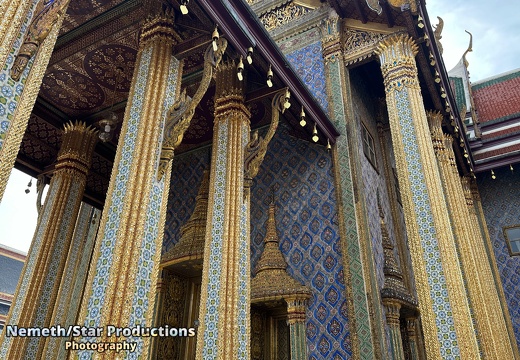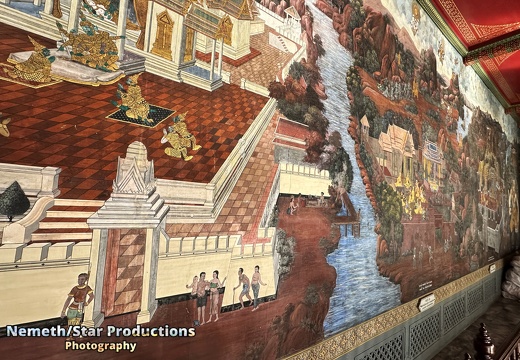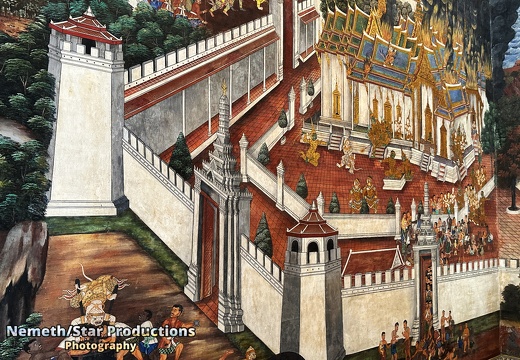Nemeth/Star Productions - Picture Gallery









Legal Notice
Privacy
© Nemeth/Star Productions 2025
The Grand Palace in Bangkok, Thailand, has been the official residence of the Kings of Siam since 1782 and continues to be an important venue for official events and ceremonies, despite the royal family living elsewhere since 1925. Comprising numerous buildings, including the Temple of the Emerald Buddha, the palace encompasses various areas such as the Outer, Middle, and Inner Courts. Construction began in 1782 by order of King Phutthayotfa Chulalok (Rama I), with the palace gradually replaced by massive structures over time. The Outer Court houses public buildings and the information center, while the Temple of the Emerald Buddha serves as a royal chapel housing a famous statue. The groups of buildings Phra Maha Monthien and Phra Maha Prasat form the centerpiece of the Grand Palace, once serving as the residences and throne halls of the kings. Royal coronations since King Rama II have taken place in Phra Maha Monthien, while Phra Maha Prasat houses some of the palace’s oldest structures. During King Rama IV’s reign, a miniature model of Mount Kailasa was constructed for the royal tonsure ceremony, a traditional rite of passage for princes and princesses. Phra Thinang Mahisorn Prasat and Phra Thinang Siwalai Maha Prasat are two other significant complexes within the palace, with the latter built during the reign of King Rama V and now standing empty. The murals at Phra Rabiang in the Temple of the Emerald Buddha are intricate artworks adorning the walls of the temple’s surrounding gallery walkway. Depicting scenes from the life of the Buddha, Buddhist legends, and mythological stories, these paintings are rich in detail and color, serving both religious teachings and aesthetic beauty. Offering visitors insight into Buddhist culture and history, as well as the artistic grandeur of ancient Thailand. The Phra Thinang Sitalaphirom, constructed by King Rama VI, is an open pavilion within the Grand Palace used as a resting place and for garden parties. The Phra Buddha Rattanasathan, an ordination hall in the Siwalai Garden, houses a Buddha statue and hosts religious ceremonies. The Museum of the Emerald Buddha Temple, located between the Outer and Middle Courts, displays artifacts from the Grand Palace and temple complex. Originally built as the Royal Mint during King Rama IV’s reign, the two-story building showcases architectural elements of the palace, Buddha statues, Chinese figurines, and items from Thai literature. As with all public cultural institutions, Thais are allowed to visit for free, while foreigners must pay an entrance fee.
قدرت گرفته از Piwigo





























